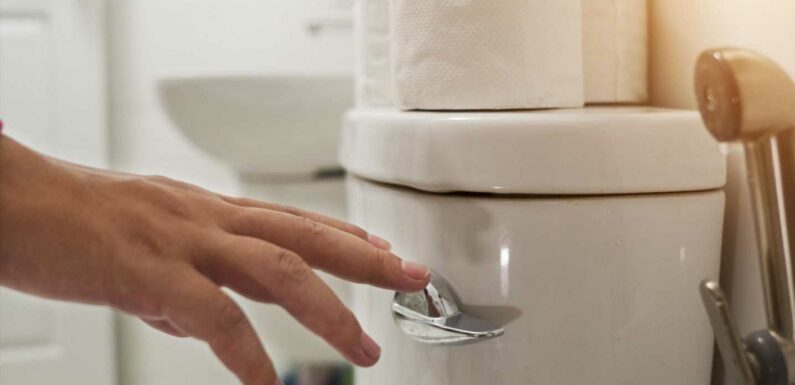
AN engineer has revealed how a few simple changes to flushing the toilet could save you hundreds of pounds.
With the cost of living increasing, there has never been a better time for finding ways to save cash.
Daniel Khanlarpour has been a gas engineer for 16 years and has developed lots of handy water-saving tricks over his career.
The 35-year-old from Tyne and Wear is an engineer at Gas Guru as well as a verified member on Checkatrade.
We spoke to Daniel about how you could save cash just by changing how you flush the loo.
Switch to a dual flush system
Modern toilet systems come with a dual flush option but many users don't know how much of a difference they can make to water usage in the home.
READ MORE IN MONEY
I’m a plumber – how to stop pipes freezing this winter and save £100s
I’m a gas engineer – a settings mistake is adding £520 to yearly energy bills
The reason why your toilet system comes with this option is for water conservation.
The large flush can use six to nine litres of water at a time, whereas the small flush uses far less – around three to four litres.
Using the correct flush could save you 50-60% of the water every use.
He said: "If the toilet has a dual flush, make sure you're using the smaller flush for liquids and the larger flush for everything else."
Most read in Money
McDonald's hack that can save you nearly £3 on your order at any restaurant
I slashed my Sky bill by £360 a year using Martin Lewis tip
Surprise change to energy bills from January 1 – is your supplier hiking prices?
Save £50 off Ninja Foodi MAX Dual Air Fryer in Argos Boxing Day sale
Experts say making this simple switch could save you around £100 a year.
However, it's important to check whether your duel flush system isn't leaking water into the bowl – if so it could end up costing you more each year.
Tips for older toilets
Placing a brick in the toilet cistern can help to reduce water consumption.
Before you flush a toilet, the water fills the tank up to the higher water-level line in the tank.
As you flush, the water drains down to the lower fill line, then slowly starts to fill until it reaches the higher line once more.
Daniel says placing a clean house brick in the cistern will lessen the tanks capacity and reduce the amount of water used per flush.
He told The Sun: "Every time the cistern fills it will use less water – but only on older larger cisterns as newer ones have more delicate components inside."
Avoid using cistern blocks
Cistern blocks are solid chemical blocks that are designed to be put in the cistern to keep the toilet clean.
When the toilet is flushed, the block dissolves a little, colouring the water and leaving the toilet fresh and sanitised.
But Daniel warns that these can cause problems with components inside and leave you with a toilet that won't flush.
This can lead to expensive call out fees for either a plumber or a gas engineer to fix the problem.
Checkatrade says you can expect to pay between £40 to £60 per hour to call out a plumber to your home.
And if it's a big job, they say you could be charged as much as £375.
As an alternative to cistern blocks, you could try using cleaners that use non-toxic chemicals that won't damage your loo.
You could try your local DIY store, and ask an assistant to advise you on the best ones to try.
But make sure to shop around elsewhere as well in case there's a better deal on offer at another store.
You can use tools like Google Shopping to compare prices, or download the Latest Deals app to search items and find where they're cheaper.
Meanwhile, we spoke to a gas engineer who revealed an easy settings mistake is adding £520 to your yearly energy bills.
Plus, a plumber has revealed how a little-known trick to use when running your taps could help you cut costs.
Source: Read Full Article






